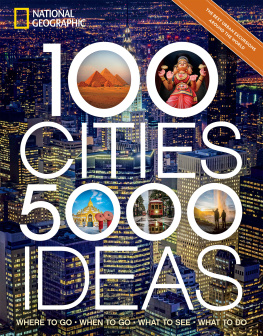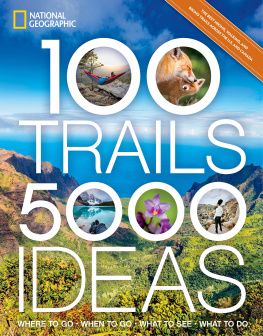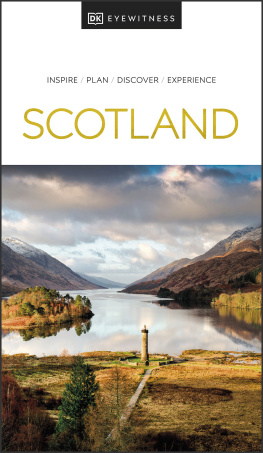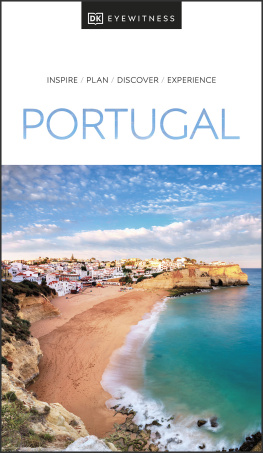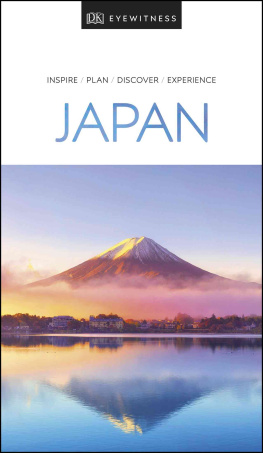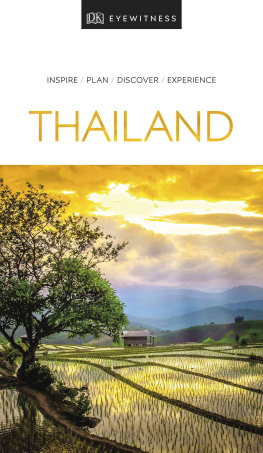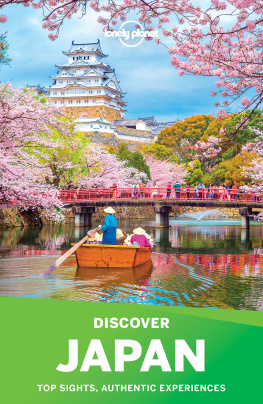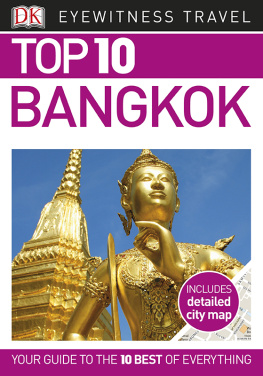Since 1888, the National Geographic Society has funded more than 14,000 research, conservation, education, and storytelling projects around the world. National Geographic Partners distributes a portion of the funds it receives from your purchase to National Geographic Society to support programs including the conservation of animals and their habitats.
Get closer to National Geographic Explorers and photographers, and connect with our global community. Join us today at nationalgeographic.org/joinus
For rights or permissions inquiries, please contact National Geographic Books Subsidiary Rights:
The information in this book has been carefully checked and to the best of our knowledge is accurate. However, details are subject to change, and the publisher cannot be responsible for such changes, or for errors or omissions. Assessments of sites, hotels, and restaurants are based on the authors subjective opinions, which do not necessarily reflect the publishers opinion.
Copyright 2022 National Geographic Partners, LLC. All rights reserved. Reproduction of the whole or any part of the contents without written permission from the publisher is prohibited.
NATIONAL GEOGRAPHIC and Yellow Border Design are trademarks of the National Geographic Society, used under license.
Library of Congress Cataloging-in-Publication Data
Names: Yogerst, Joseph R., author.
Title: 100 cities, 5,000 ideas : where to go, when to go, what to see, what to do / Joe Yogerst.
Other titles: One hundred cities, five thousand ideas
Description: Washington, D.C : National Geographic, [2022] | Includes index. | Summary: Discover the worlds 100 best cities to explore - including amazing skylines, mouthwatering bites, and pure fun - in this smart and inspiring travel resource-- Provided by publisher.
Identifiers: LCCN 2021053125 | ISBN 9781426221675 (Paperback)
Subjects: LCSH: Urban tourism. | Cities and towns.
Classification: LCC G156.5.U73 Y64 2022 | DDC 910.9173/2--dc23/eng20220429
LC record available at https://lccn.loc.gov/2021053125
eBook ISBN: 978-1-4262-2357-0
INTRODUCTION
O bserving that nobody in the history of man had ever seen and described the entire urban world, I resolved to do it myself, wrote the late, great historian and author Jan Morris when asked why she was so obsessed with writing about cities. While its impossible to replicate her literary quest, 100 Cities, 5,000 Ideas offers an array of urban areas around the globe that should be on every travelers bucket list.
Like Morris, Ive managed to achieve my own long and lively rapport with urban areas. Theres nothing I like more than wandering aimlessly through a new city, map and phone in hand but trusting more in dead reckoning to get around. Discovering where a side street leads or whats on the other side of a park or piazza. Ambling along a famous boulevard in the dead of night when most residents (and other travelers) are snug in their beds. Finding an obscure but captivating museum, a hole-in-the-wall restaurant with divine cuisine, or a neighborhood festival that only the locals know about.
Many of my fondest memories are urban adventures both planned and off-the-cuff. Sleeping atop the Great Pyramid of Giza with the dazzling lights of Cairo at my feetand a stray black-and-white cat as my unexpected companion. Catching Keith Urban and Steven Tyler jamming together in a tiny Nashville honky-tonk. A Mexican family inviting me to share midnight tamales and tequila in an Oaxaca cemetery during Da de los Muertos (Day of the Dead). My first-time bungee jumping off the Harbour Bridge in Auckland and the relief I felt on that first return bounce.
But its not just travel. Im also drawn to cities as permanent abodes. The smallest place I have ever called home was Eugene, Oregon, which had just over 100,000 people when I attended journalism school at the University of Oregon. Otherwise, my home has been one large metropolis after another: Los Angeles, San Francisco, Johannesburg, London, Hong Kong, Singapore, and even Las Vegas count among the places I have lived, worked, and written since leaving home at the age of 18.
Like honeybees or schools of fish, is gathering with many others of our species part of our DNA? Im beginning to think so after raising children who seem as obsessed with big cities as their father. I remember my oldest daughter, who must have been six or seven at the time, standing in the middle of Times Square and proclaiming, This is my kind of town! Thats pretty much how I feel about cities, too.
And Im not the only one. The percentage of the human race living in urban areas has steadily increased. In 1800, less than 10 percent of the global population lived in cities. By 1960, that figure had risen to 34 percent. By 2019, it was 55 percent. Even more astonishing is a United Nations estimate that Earths urban population will reach 68 percent by the middle of this century.
Although we couldnt feature every city that begs attention (there are literally thousands of worthy candidates) in this book, we made an effort to include a wide variety of metropolitan personalities. Big and small, old and new, expensive and frugal (via Mercers Cost of Living City Rankings), far off the beaten track and familiar even to those who have never visited (thanks to numerous books and movies).
Some cities simply cant be ignoredall-time greats like London, Tokyo, Sydney, and the Big Apple. Others are urban upstarts, places like Dubai, Auckland, Ulaanbaatar, and Nairobi. These destinations have exploded in both population and travel potential over the past half century. Still others are among my personal favorites: spunky San Juan in the Caribbean, canal-laced Bruges in Belgium, exotic Luang Prabang on the Mekong River, and multicultural Montral (its not just French!).
Looking to the future, Im excited to see how cities will continue to evolve as places to stay and visit. A version of this book in the 22nd century might feature an entirely different lineup of must-see urban areas. But for the time being, we give you the cities that every traveler should visit now.
From its humble start as one of the first preplanned capitals of the Western world, Washington, D.C., has grown into a powerhouse of politics, culture, entertainment, and even nature in its own unique way.
THE BIG PICTURE
Founded: 1790

